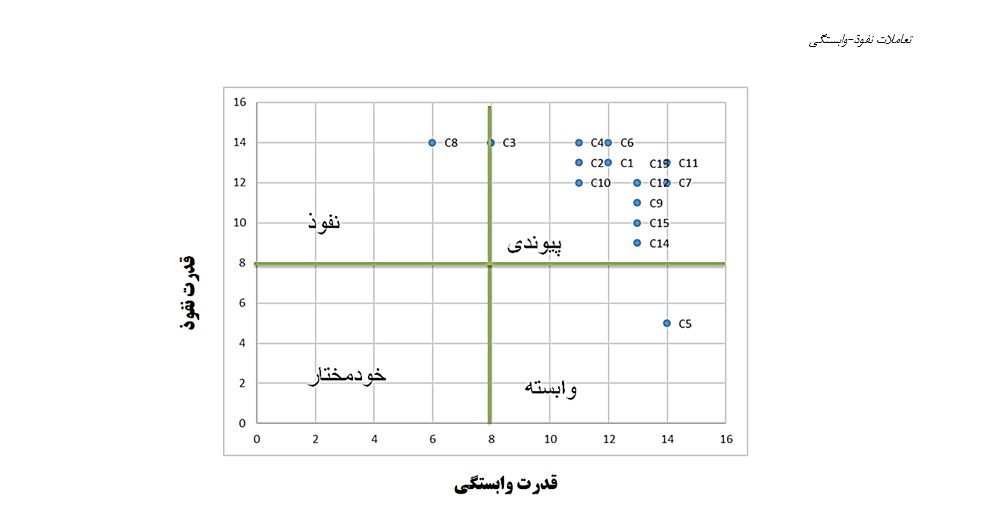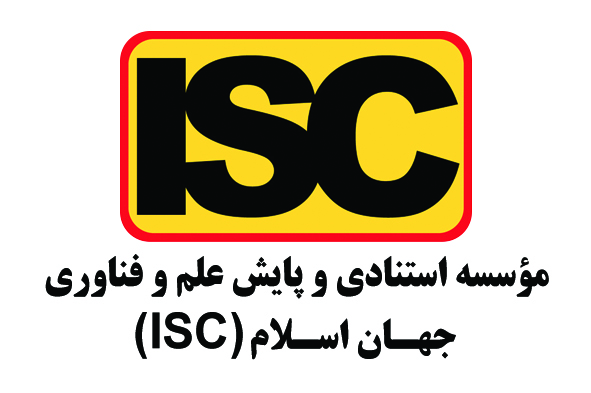Structuring the Factors Influencing Consumer Behavior in Electronic Marketing Using Soft Systems Methodology
Keywords:
Influencing factors, consumer behavior, electronic marketing, Soft Systems MethodologyAbstract
In electronic marketing, the fundamental and ultimate focus is human satisfaction, and understanding consumer behavior contributes to comprehending market dynamics. Therefore, identifying and evaluating the factors influencing consumer behavior becomes a significant subject of study. Accordingly, this research aims to structure the factors affecting consumer behavior in electronic marketing. The study follows the seven-stage process of Soft Systems Methodology (SSM) and, in addition to literature review and in-depth semi-structured interviews, employs Checkland’s CATWOE checklist analysis, Interpretive Structural Modeling (ISM), and MICMAC analysis as complementary validation tools. The research sample consists of 25 academic elites and experts actively engaged in electronic market enterprises, selected through purposive sampling. The findings reveal that the factors influencing consumer behavior in an electronic market are categorized into five levels. The first level includes perceptual-cognitive characteristics post-purchase, the number of followers of the market on external social networks, and the creation of a digital wallet and its application for future purchases. The second level consists of total costs, producers, and suppliers based on performance evaluations. The third level encompasses legitimacy, responsiveness, and accountability of the electronic market, reducing the time required for recording customized behaviors and addressing consumer needs, as well as feedback mechanisms. The fourth level involves brand popularity, visibility of order placement points, and the ability to compare similar and homogeneous products. The fifth level, which is the most influential, includes personal preferences and tastes, along with the satisfaction of hierarchical needs and desires. It can be concluded that five key levels influence consumer behavior in electronic marketing, and considering these levels can contribute to the growth and prosperity of such markets.
Downloads












